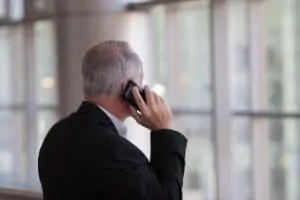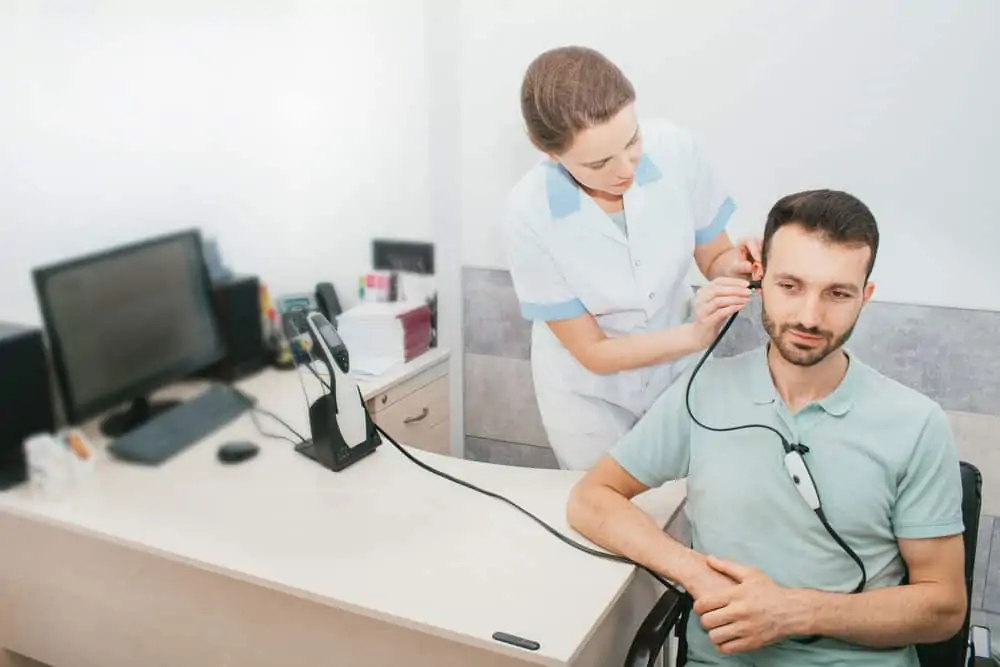
Safety Critical Workers Medical
This is a term used to describe work whereby an adverse event may be serious, for example, if the person undertaking Safety Critical Work suffers
Health surveillance can take many different forms from non-technical surveillance such as questionnaires and skin surveillance to technical forms such as hearing checks (audiometry) and lung function testing (spirometry). Any health surveillance undertaken is in the least invasive form possible and is always explained to the individual on assessment by the medical practitioner.

Specific risk assessments should be created to consider those who may be occupationally exposed where there are issues or aspects of the role that are beyond the scope of a generic risk assessment (i.e. exposure to noise or vibrating machinery). Depending on the complexity or specialist knowledge required in your service, the involvement of the Health and Safety team, technical specialists, or external advisors may be required.
This should be documented in your risk assessments, for example physical – noise, chemical – solvents, biological – hepatitis B, TB.
When it has been identified that there is significant risk of exposure and in situations where this risk cannot be eliminated then health surveillance may be required. Once identified and if appropriate, reviewing how workers are recruited and whether any roles may require any health surveillance is required at pre-placement stage may need to occur.

This is a term used to describe work whereby an adverse event may be serious, for example, if the person undertaking Safety Critical Work suffers
6 Loyal Parade
Mill Rise
Brighton
BN1 5GG
Company no: 09616450
Note – Confidentiality In accordance with the medical and health professionals code of conduct all information discussed and documented remains medically confidential to the service.
OH records are maintained to the same high standard of confidentiality as hospital or GP medical records, in accordance with the Data Protection Act (DPA) 2018.